How can we choose the best flowers for grow bags? This is a common query that many people have when they get started on grow bag gardening. However, we can provide you with solutions for making this problem easier by informing you about the 5 best flowers to plant in grow bags.
Read on to learn about recommended flowers, how to plant and take care of them, as well as reasons why grow bags should be your preferred choice for planting flowers.
Let’s get started!
Contents
Our Top Picks
Our method for choosing the best flowers to plant in a grow bag was to look at whether they can be grown indoors or outdoors, their expected blooming period as well as their features.
Let’s look at our top 3 picks:
1. French Marigold Flower
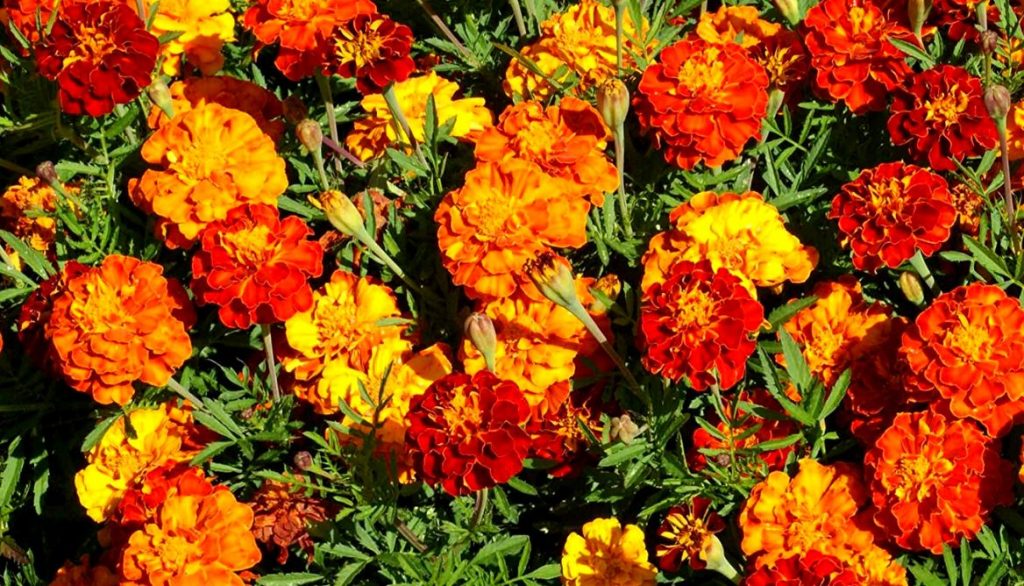
Usage: | Indoor (with light) & Outdoor |
Color: | Mix |
Expected Blooming Period: | Summer, Spring |
French Marigolds are a perfect choice for you if you want a blooming and colorful garden all summer long. These flowers are loved by butterflies and can be planted indoors or outdoors, although they take a while to germinate. Another good thing about Marigolds is that they withstand most conditions easily.
- Can be grown in all kinds of garden soil.
- Act as a deterrent to prevent rabbits and other animals from eating the plants grown
- Do not require frequent watering.
- Do not require much space, so multiple plants can be grown in the same bag
- Prefer warm climates; bags might not provide adequate protection from the cold.
- Need direct sunlight; if planting indoors be sure to place them on a window sill with lots of sunlight
2. Sweet Alyssum Flower
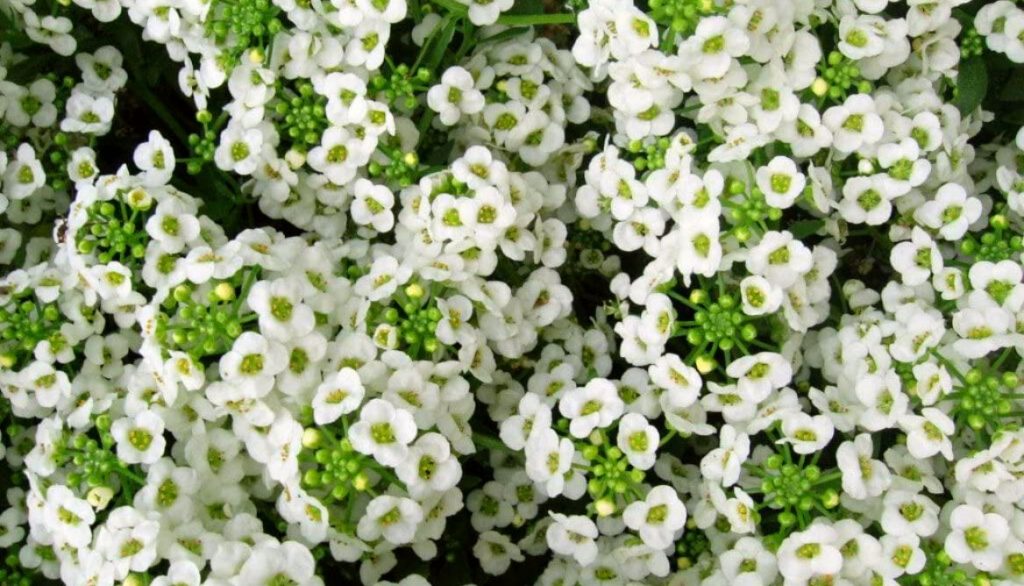
Usage: | Indoor & Outdoor |
Color: | White |
Expected Blooming Period: | Year Round |
Excited to start growing plants but can’t decide which to plant? Sweet Alyssum flowers will be a great choice to grow compact flowers that can grow around taller plants and their beautiful milky shine will brighten up your garden. Plus they can be grown both indoors and outdoors since they prefer cold conditions.
- Able to grow in most types of soil, such as topsoil or potting soil.
- Do not suffer from overcrowding grow bags
- Can survive in cold conditions.
- Can give your garden a beautiful look when planted in hanging grow bags.
- Require frequent watering
3. Tetra Mix Snapdragon Flower
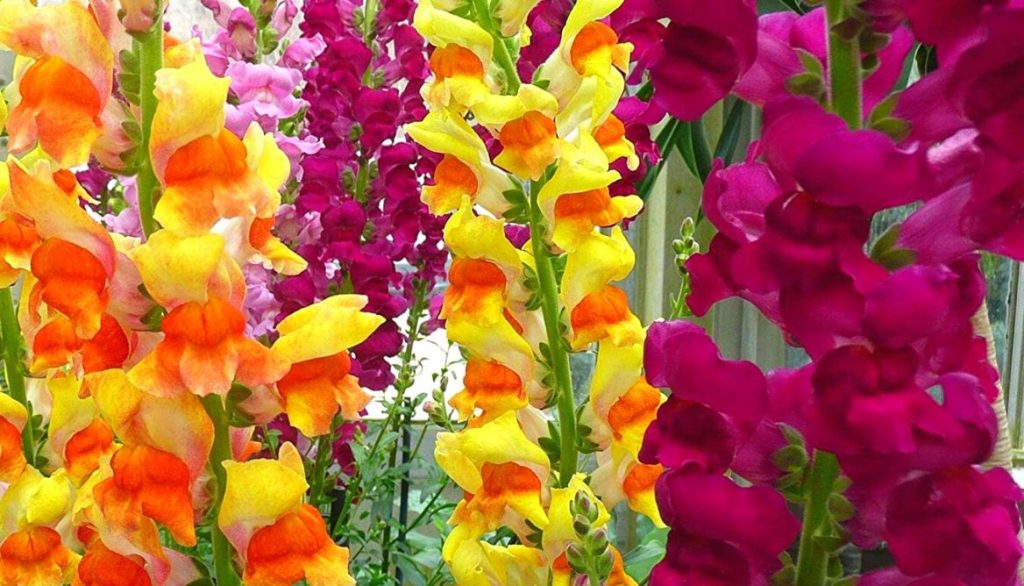
Usage: | Indoor |
Color: | Brown |
Expected Blooming Period: | Spring |
Looking to plant flowers that are perfect for your indoors? The Tetra Mix Snapdragon Flower comes in multiple colors such as pink, purple, and yellow. Plus they will also attract pollinators, so beautiful butterflies and bees are sure to pay a visit to all the plants.
- Perennial plant meaning it can live for more than 2 years
- They have shallow roots so they will not require a large grow bag to plant in
- Take only a week to germinate
- They require moist and rich well-draining soil
4. Heavenly Blue Morning Glory Flower
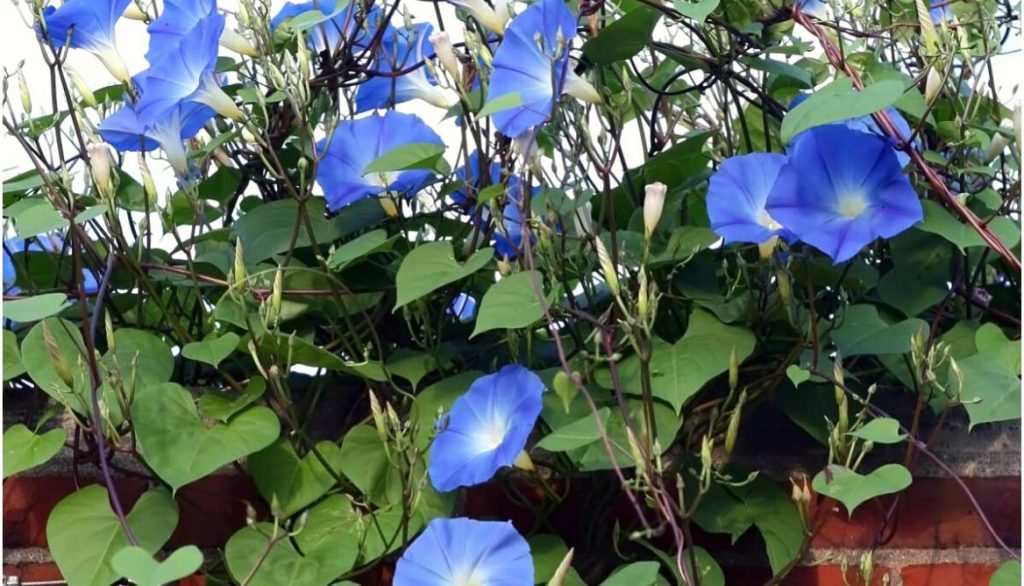
Usage: | Indoor & Outdoor |
Color: | Blue |
Expected Blooming Period: | Summer to Fall |
Morning Glory flowers are a great choice to plant in grow bags since they can get out of control if planted in the ground or on pillars. They can make your garden look extra special when planted in hanging grow bags.
- They are GMO-free, which is safer for the environment
- They can be planted in a variety of soils
- Germinate very quickly
- Their growth is contained in grow bags.
- Require lots of water, so extra watering is required when planted in grow bags
5. Salmon Peony Poppy Flower
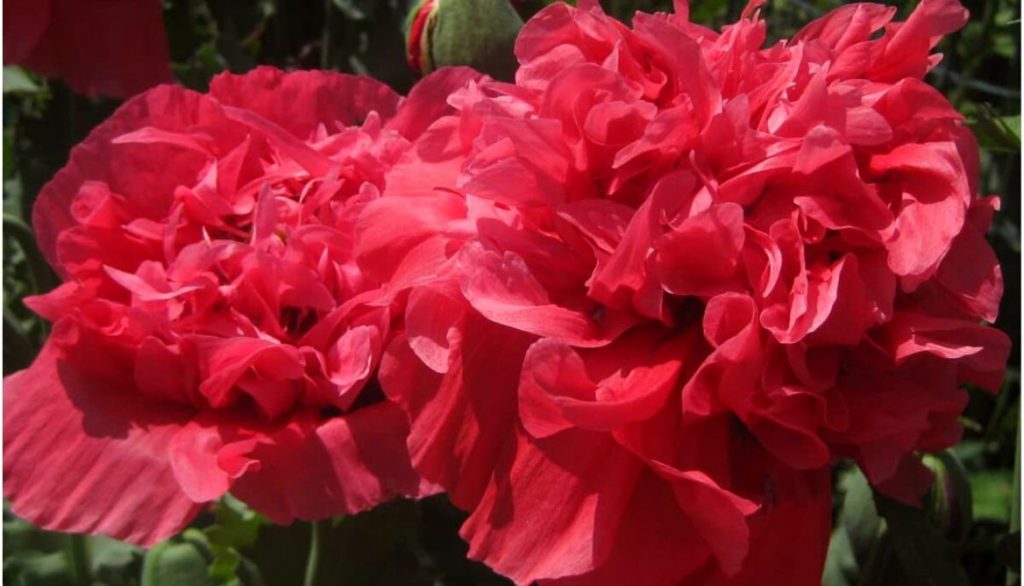
Usage: | Indoor & Outdoor |
Color: | Salmon pink |
Expected Blooming Period: | Spring to Summer |
Peony Poppy flowers are colorful attractive flowers and are a good choice for gardening in grow bags. They can grow taller than the above-mentioned flowers but they have shallow roots so they usually tip over in windy conditions.
- They can grow in both hot and cold conditions
- Don’t take up much space
- Germinate very quickly
- Do not require lots of water
- Their grip on the soil isn’t strong due to shallow roots
How to Plant and Take Care of Grow Bags
Grow bags come in a variety of forms, however, the most common form is a tall, skinny bag made of plastic or nylon fabric with hanging straps at the top. They come in sizes ranging from small 1-gallon bags to huge 20-gallon bags. Even then, they are easy to install and are portable as well.
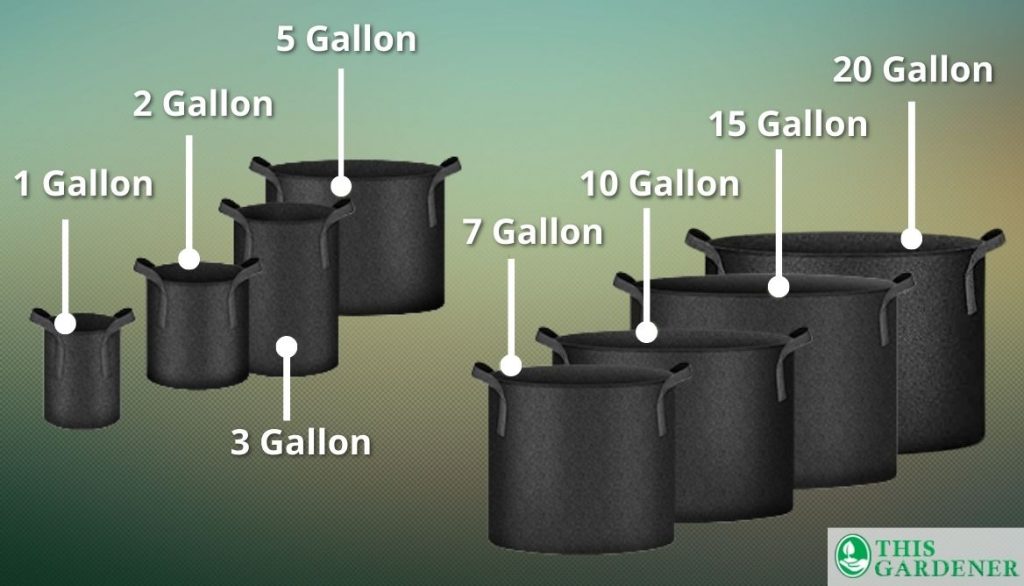
What You’ll Need
Here’s everything you need to know before getting started!
Equipment / Tools
- Garden Trowel
- Binder Clip
- Potting Mix
Materials
- Planter bag
- General-purpose potting mix
- Granular slow-release fertilizer
- Annual garden plants
Instructions
We are going to provide you with a step-by-step guide on how to plant and also take care of your grow bag.
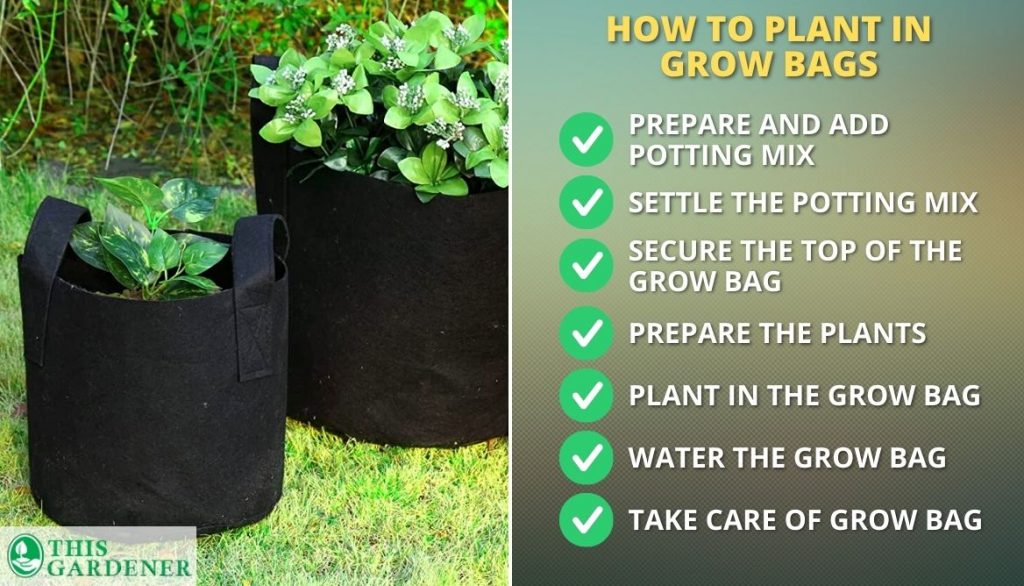
Step 1. Prepare and Add Potting Mix
The first step is to add some fertilizer to the bag.
- Use slow-release fertilizer while following the instructions on its packaging. We recommend you use organic all-purpose fertilizer.
- Hold the grow bag vertically and add several scoops of the potting mix you prepared.
- Potting soil should be filled to within an inch of the top of the bag; be sure to leave no space in the bottom corners.
Step 2. Settle the Potting Mix
Grab the grow bag from the top and give it a few gentle taps on the ground. This will help settle the soil. After that, examine the soil level to see if it has compacted. If more soil is needed, add it, though take care to keep the soil level 1 or 2 inches below the top of the bag.
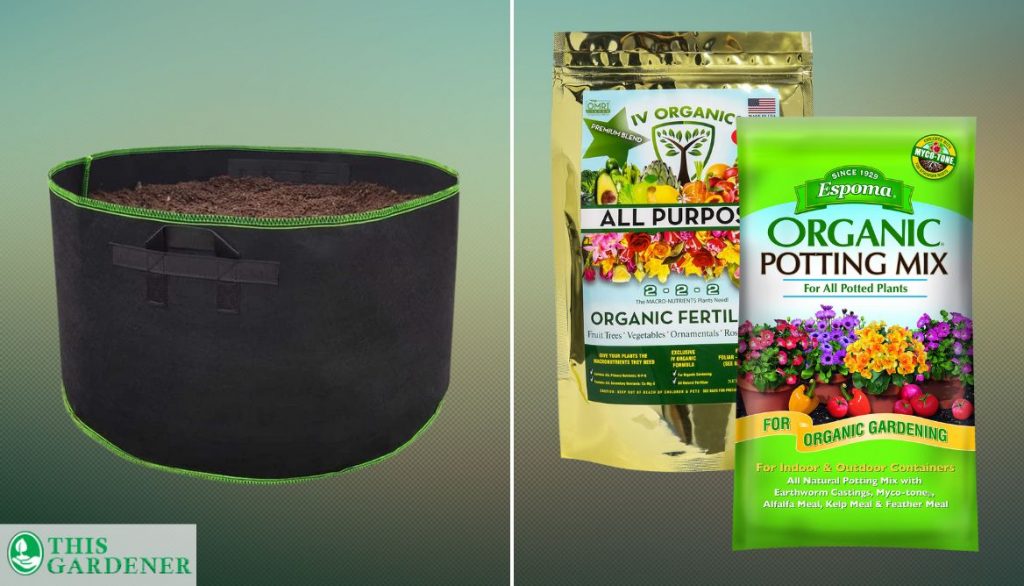
Step 3. Secure the Top of the Grow Bag
After filling the flower bag with the soil, simply fold it over the top and secure it with clips or clothespins before adding plants. This will prevent the soil from falling out of the bag. With this done, planting will become much easier.
Step 4. Prepare the Plants
Follow these steps for the best preparation of the plant:
- Take each seedling out of its nursery container.
- You may have to cut some roots to make it fit the hole. (It may sound strange, but don’t panic, most plants recover fast, and being root-bound is really beneficial to the plant)
- You can also try soaking the roots of the plants in water and squeezing the root ball between your hands to make it narrower and easier to fit into the holes.
- Try inserting your fingers in the grow bag and push the soil away to make a small hole.
Step 5. Plant in the Grow Bag
Pack each plant into the grow bag. Try to be as delicate as possible, but don’t be afraid to use some effort to ensure the roots fit. The plant should be pushed only far enough into the hole that the roots do not protrude from the bag; you don’t want to cover the plant with soil.
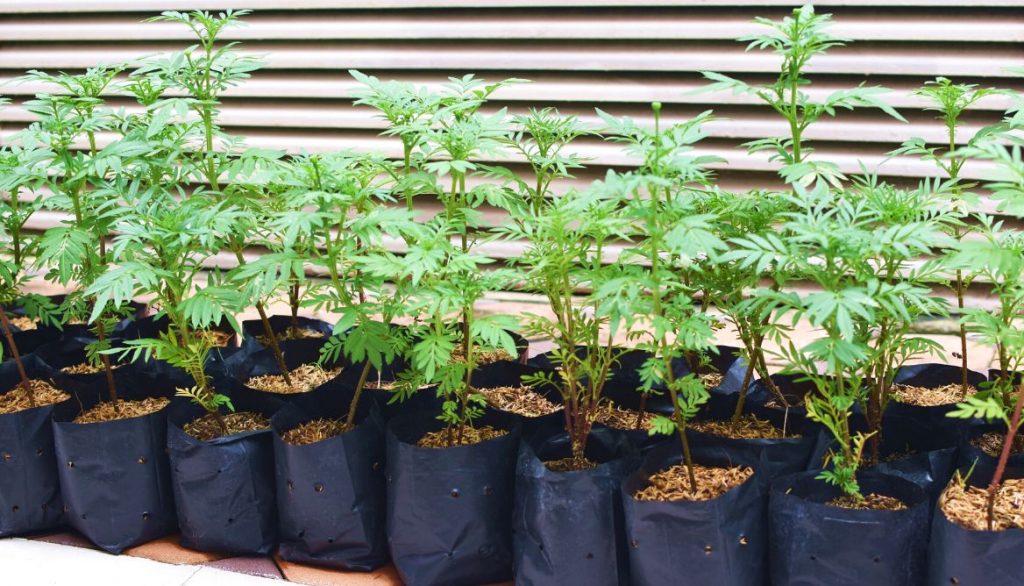
- When the grow bag is properly filled, prop it upright.
- Grab the grow bag from the top and gently shake and tap it on the ground to help the soil settle.
- This may cause the soil level to come down, so be sure to check and add more if required.
Step 6. Water the Grow Bag
Be sure to water your grow bag frequently and with care. It is very important to allow the water to travel to the bottom of the bag; if you are too hasty, the water will not seep to the bottom of the bag and soil, instead, it will slide out from the top.
You can test if you have watered it correctly by gently pressing the bottom of the bag to observe if water runs out of the lowest holes.
Step 7. Taking Care of Your Grow Bag
Your grow bag will require frequent watering, especially during hot weather. Grow bags are also unable to carry as much soil as large ceramic and fabric pots, so the soil dries out quicker.
During the warmer summer months, a planter bag may need to be watered 2 to 3 times every day. Check if the bag needs to be watered by inserting your finger 1-2 inches into the soil; if it feels dry, it needs to be watered.
Why You Should Use Grow Bags for Flowers
If pots exist, why should you go through the trouble to use grow bags? We will tell you all the reasons why they should be your preferred choice when the growing season next comes:
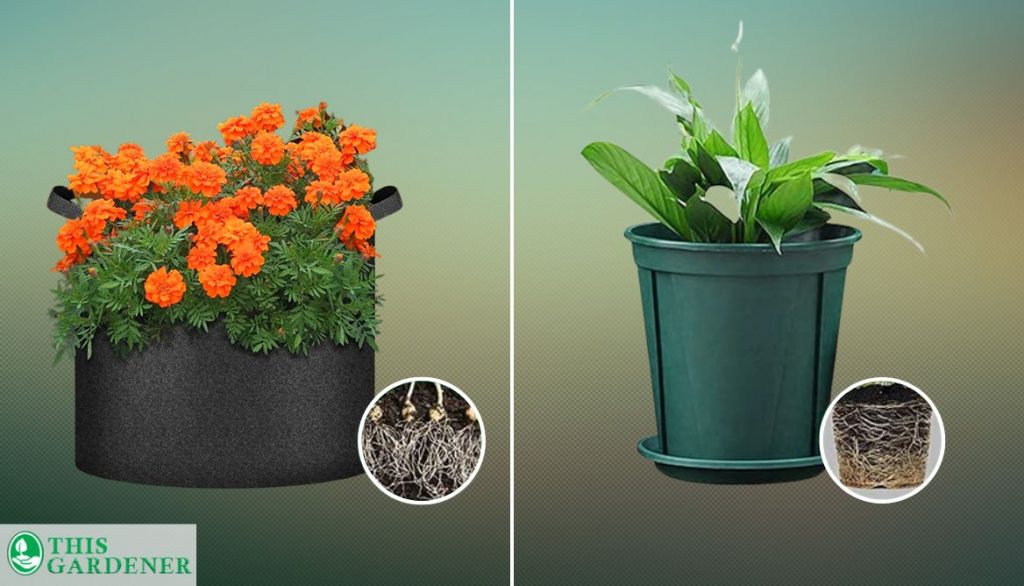
- Help in tackling the root circling problem
- Their nonwoven material makes the soil more breathable
- These are foldable and are the best storage option for small spaces
Key Features of Flower Grow Bags
Grow bags have certain key features which give them an advantage over ceramic and plastic pots. These features can make grow bag gardening easier and more fun for you.
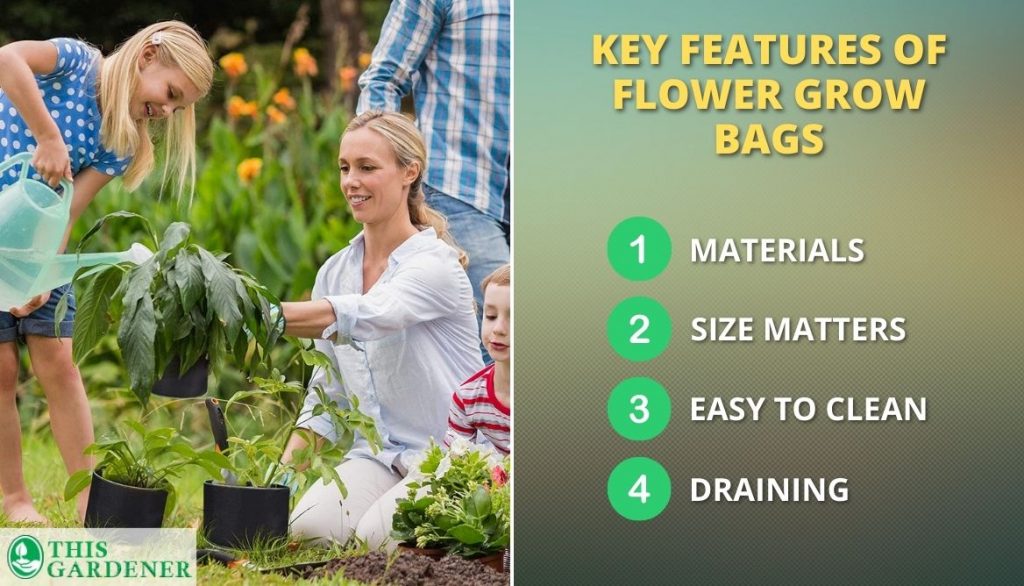
1. Materials
They are made out of non-woven high-quality fabric and have tiny holes which is why they have superior air circulation. These grow bags provide proper support to the soil and plant. Cheaper grow bags made from plastic are also available but they are less durable.
2. Size Matters
Grow bags come in a variety in a variety of shapes and sizes. It is important to choose the right size for your grow bags. Growing herbs or vegetables, for example, tomato plants should be planted in a 5-gallon bag. Root vegetables like carrots can be planted in smaller 1-gallon bags but the bag should be deep enough for the roots to spread.
Smaller bags are better to be used for planting smaller plants such as Sweet Alyssum. Large bags have sturdy handles; just be sure that the handles are a part of the bag, not just sewn onto the bag.
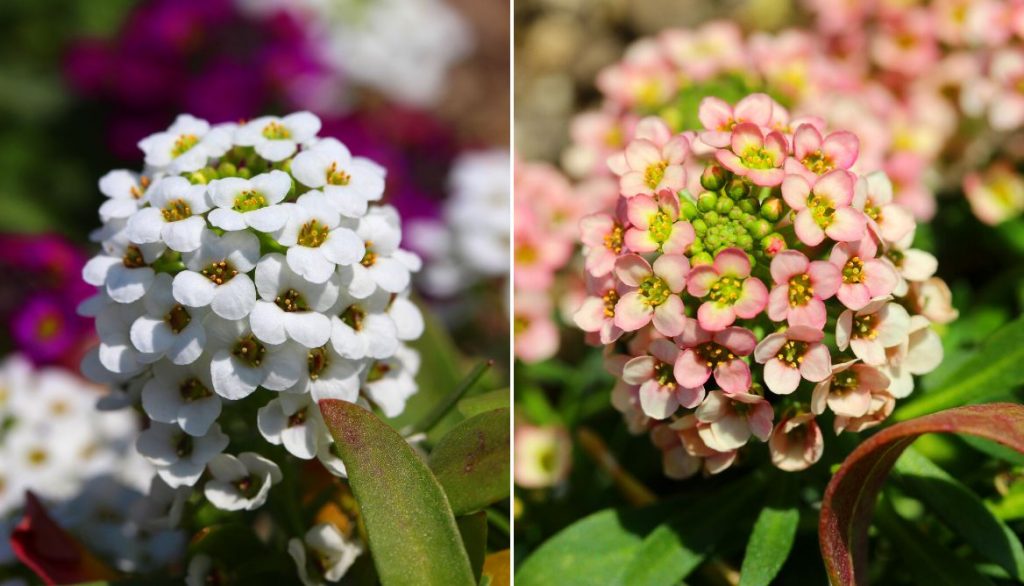
3. Easy to Clean
Every time you use a bag, it will definitely become filthy. So you will need a bag that you can wash and clean before using it again. Fortunately, most bags are made of material that can be washed more easily than pots.
4. Draining
It is very important for plants to have good drainage because wet soil causes root rot, which is usually a fatal disease. As a result, the grow bags have drainage holes that allow them to both breathe and drain properly.
Grow bags, unlike plastic or ceramic pots, show you exactly how much water your plants require by monitoring the water saturation levels on the fabric. This useful feature allows you to provide the plants with the appropriate amount of water, neither too much nor too little.
Other Important Things You Should Know
In addition to these key features, there are several important things you should know about grow bags that will help your plants and grow bags survive for as long as possible.
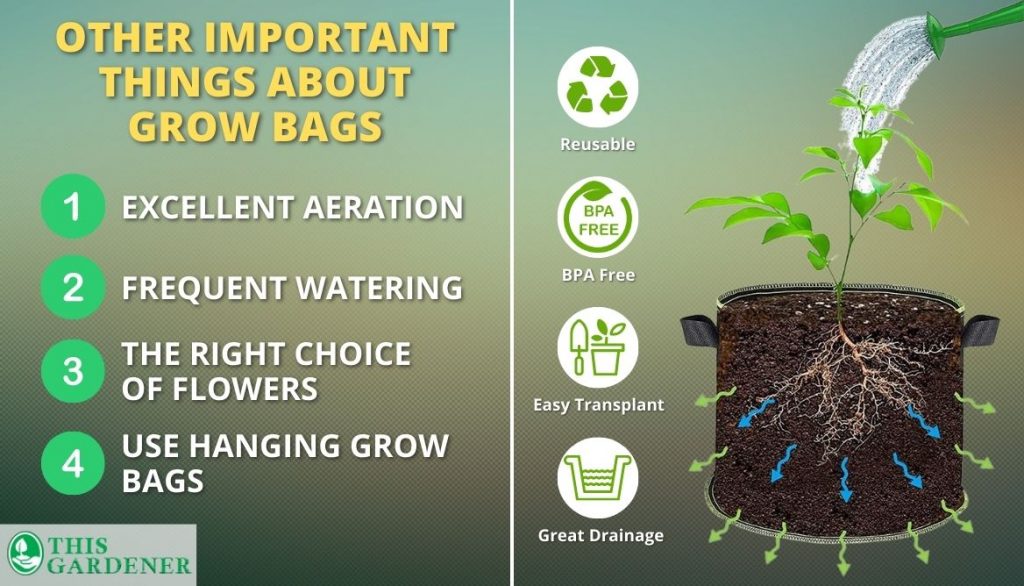
1. Grow Bag Garden Systems Have Excellent Aeration
Grow bags are usually made from non-woven breathable fabric which allows them to have superior air circulation compared to pots. This allows the process of air pruning to take place; the roots of a plant die when they come into contact with the air. This allows new, healthier roots to be produced.
2. Plants in Grow Bag Gardens Need More Frequent Watering
Drainage holes make grow bags porous so water can drain quickly from them, leaving the soil dry. For this reason, you should water plants grown in bags more frequently than in pots.
3. Plant Selection is Key for a Successful Grow Bag Garden
It is important to choose the right flowers to plant in grow bags.
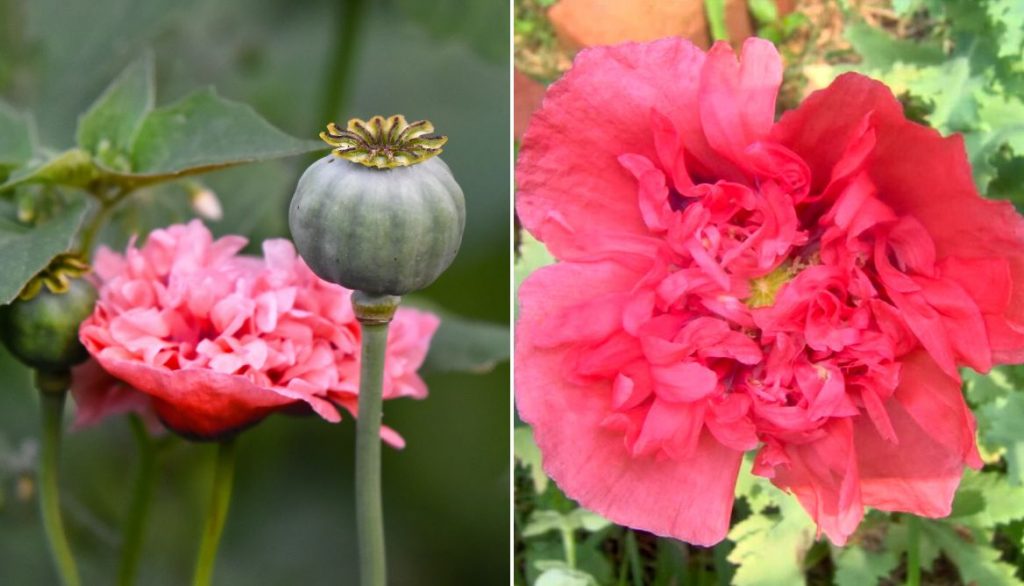
- Plants with shallower roots, such as Peony Poppy flowers, will grow better as there won’t be a clustered root system.
- Plants with a robust root system, such as sweet potatoes, will not be as well suited to grow bag gardening and will require a much larger bag.
4. Use Hanging Grow Bags To Make Your Garden More Beautiful
Planting flowers in hanging grow bags can give your garden a unique look. Flowers such as Sweet Alyssums that have shallow roots are the best choice for this. Since they are not affected by overcrowding, they will grow in big bunches and make your walls look special and beautiful.
FAQ
Can you grow flowers in a bag?
Yes, Grow bags are a great choice for growing flowers. They are easy to install and mobile, which makes moving them indoors and outdoors convenient. They can be hung as well to provide your garden with a unique look.
What is easy to grow in grow bags?
The best plants to grow have shallow roots and do not grow too tall. Root crops, such as carrots, herbs such as pepper plants, and countless flowers are all great choices. Even plants with vines, such as indeterminate tomatoes, can be grown provided they are given proper support.
How do you fill a flower bag?
Place a few scoops of the prepared potting soil into the empty bag while holding the bag upright. Fill the bag with the soil almost to the top, making sure the bottom corners are also fully packed.
What size grow bags for flowers?
Grow bags come in sizes varying from small 1-gallon pouches to huge 20-gallon ones. It is important to choose the right size for the flower you are planting, For example, sunflowers will require a large container since they will not reach their potential size if their deep root systems experience a blockage.
Can you use grow bags twice?
Yes, a grow bag can be reused more than twice if they are properly cleaned. Plastic bags are usually more durable, although bags that are biodegradable are better for the environment.
Conclusion
We have learned that there are many flowers that are suitable for grow bag gardening, however, French Marigolds were found to be the best pick when comparing the pros and cons of 5 popular flowers.
They can tolerate multiple conditions and soils, can be grown either indoors or outdoors, and do not require more watering when compared to other flowers. We also discussed why you should choose grow bags over pots when gardening.
Which flower did you like the most? Leave a comment below and let us know.
- How to Get Potatoes to Sprout Eyes: Detailed Growing Guide with 3 Options - July 31, 2023
- Weight of a Medium Potato: Revealed in Detailed Guide - July 29, 2023
- Maris Piper Potatoes: 9 Substitutes You Should Know About - July 27, 2023
Hello! I’m Jessica Zander, a garden coach and consultant based in the Boston area (zone 6b), offering virtual consultations across the country and Canada.
I’ve been passionate about gardening since the early 1990s, and in 2022, I launched You Can Do It Gardening to empower individuals to feel more confident in their gardening endeavors.
Following a 30-year career in nonprofit finance and operations, I transitioned out of that field in mid-June of 2023 due to the growing demand for coaching services. Interestingly, my years of presenting financial statements to boards and finance committees proved to be valuable experience for teaching people about gardening! I enjoy sharing skills, providing guidance and suggestions, and collaborating efficiently with clients to make significant improvements to their outdoor spaces, both small and large. I also regularly teach at the Arlington Continuing Education and Cambridge Adult Education.
My approach is direct and practical, akin to Mary Poppins, but tailored to your garden. Clients find satisfaction in saving money and taking pride in their own gardening achievements.

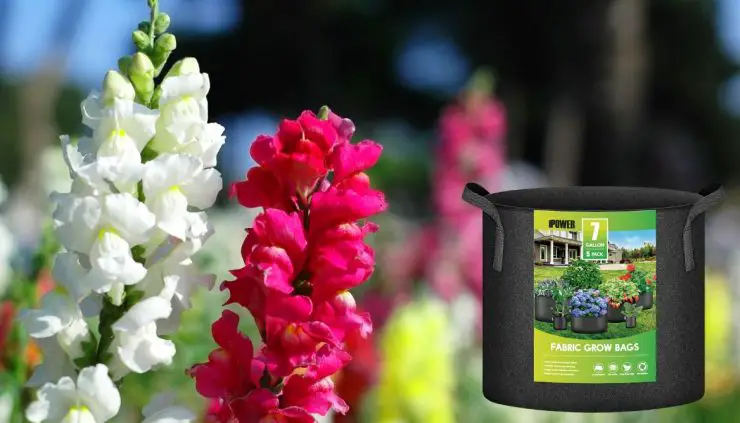




Add comment